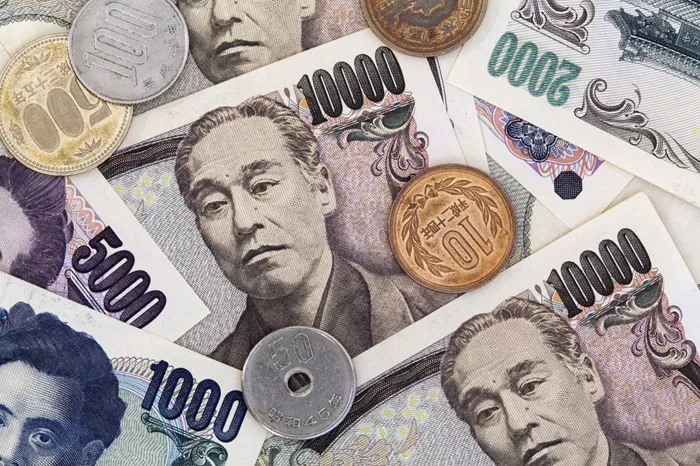Japan’s Ministry of Finance (MOF) revealed on Wednesday that it executed a historic yen-buying intervention on April 29, spending a staggering 5.92 trillion yen ($40.83 billion) in an effort to combat the yen’s depreciation. This single-day expenditure marks the highest recorded intervention since MOF began tracking these actions in 1991.
The MOF’s quarterly report also disclosed that Japan conducted an additional major intervention on May 1, spending 3.87 trillion yen. This brings the total yen-buying intervention from April 26 to May 29 to 9.79 trillion yen.
Prior to this, the largest single-day yen-buying intervention was 5.62 trillion yen on October 21, 2022. Despite these substantial efforts, the yen’s long-term weakness persisted, though it did temporarily strengthen by 5% from a 34-year low of 160.245 per dollar. By July, however, the yen fell to a new 38-year low of 161.76 per dollar, prompting further intervention by Tokyo, which involved an additional 5.53 trillion yen.
In July, the yen experienced a notable recovery as market participants unwound carry trades following a series of economic indicators suggesting a potential U.S. economic slowdown and possible Federal Reserve rate cuts.
Additionally, Japan’s foreign reserves decreased to $1.22 trillion at the end of July, a drop of $12.4 billion from the previous month. This reduction is attributed to the sale of U.S. Treasury securities used to finance the yen-supporting interventions. While Japanese authorities have not disclosed the specifics of the reserves, it is widely believed that a significant portion is invested in U.S. Treasuries.
The yen’s recent fluctuations and Japan’s monetary strategies underscore the ongoing challenges faced in stabilizing the currency amid global economic uncertainties.


